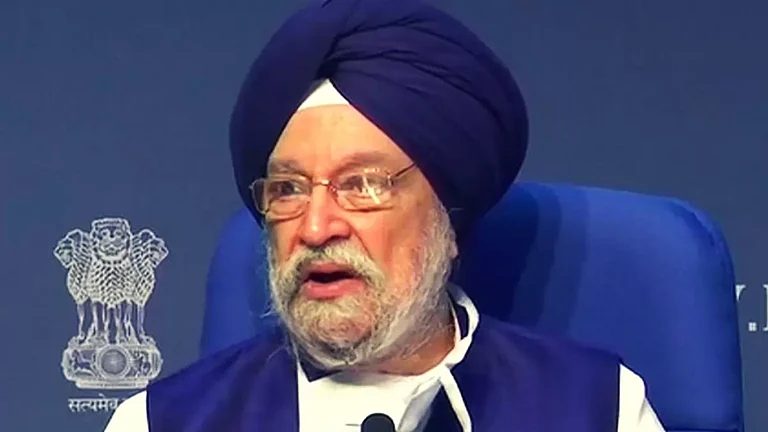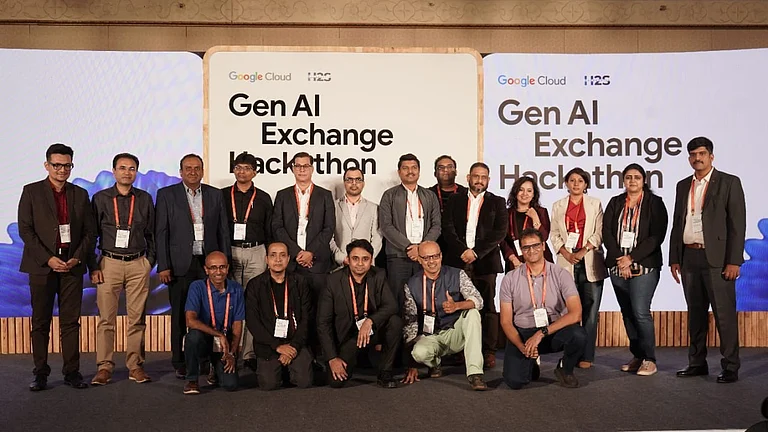Against the backdrop of the net-zero commitments made by India at the COP26 global climate summit in Glasgow last November, the energy sector players are eyeing the upcoming union budget with patient anticipation. Amid the throng of nations taking net-zero pledges, India has committed to achieving net-zero emissions by 2070.
The per capita energy consumption remains far below global averages and yet, India lands third on the list of largest energy-consuming countries globally owing to its large population. As we emerge as one of the fastest-growing economies, rising incomes and improving the standard of living on the back of overall economic development, urbanization and industrialization are expected to increase energy demand going forward. The road to decarbonization, for a large developing nation like India, would be a challenging one. Unless we have a well thought out plan and appropriate government policies enabling private investments, the country is going to hit a roadblock sooner than we all expect.
Rising demand needs to be decoupled from emissions to decarbonize without sacrificing development. Despite low per capita emissions, India remains the third largest GHG emitter globally indicating the need for meeting the energy demand in a more carbon-efficient manner. While industries and transport segments are key end-use segments responsible for emissions in India, the power sector alone accounts for more than a third of the total emissions owing to a coal dominated generation mix. Hence, decarbonizing supply by transiting to greener fuel should ostensibly be the chosen strategy for bending the emissions curve rather than looking for ways to reduce demand growth in the industry and transport segment.
India’s power sector remains largely coal dominated. Renewable energy has been the focal point for the government of India over the past decade. Despite a decisive policy push, India has fallen short of its renewable energy target for 2022. Moreover, there is still a long way to go for materially reducing India’s reliance on thermal generation and meeting the target of achieving 500 GW and 50 per cent of its electricity requirements from Renewables by 2030.
A set of targeted measures are required. Initiatives to strengthen the domestic solar manufacturing ecosystem are critical for boosting the growth of renewable energy. While the government has notified a PLI scheme for incentivizing domestic manufacturing, given the large demand potential, further budgetary outlay could be allocated going forward to upscale local manufacturing. Other financial incentives in the form of viability gap funding, interest subvention etc. can help in improving the competitiveness of domestically produced equipment vis-à-vis imports. Till the time sufficient capacity and ecosystem is available domestically, various tax rebates viz. accelerated depreciation, reduced income tax slabs, etc. directed towards private investments for setting up and operating such facilities could be provided.
An increase in the GST rate applicable to solar equipment from 5 per cent to 12 per cent last September, however, is expected to negatively impact project economics and could be reevaluated by the government in the interest of propelling the demand for renewables. Further, fiscal incentives in the form of tax rebates for prosumers can provide an impetus to upscaling distributed generation especially in the commercial and residential segments which remain largely untapped to date.
Within renewable energy, offshore wind energy remains untapped due to high initial costs and the absence of manufacturing capacity. Fiscal incentives in the form of viability gap funding and tax rebates for manufacturing and development of offshore wind projects are critical for initiating the adoption of offshore wind energy.
Regional integration and tapping of renewable resources of the region need to be explored and incentivized through appropriate policy and regulatory measures before the country exhausts its feasible indigenous potential.
As large amounts of intermittent solar and wind energy sources are integrated onto the grid, deployment of energy storage resources will also be required to balance the variability of generation. A comprehensive policy framework is required covering regulatory, financial, operational and technical aspects of energy storage technologies including indigenous resources like pump storage deployments. ACC PLI has been a great success for the Government of India. Similar structured programme initiatives aimed at boosting domestic manufacturing of greener technologies and deployments are key to driving the net-zero agenda.
While there has been a substantial reduction in renewable solar tariffs, a carbon tax could be evaluated going forward which will serve as a larger price signal for transitioning towards renewables. This would help in sending a price signal to the market and elicit a gradual change in power procurement from non-green sources of power
As more and more conventional coal-based thermal stations are forced to retire, suitable policies and budgetary provisions would have to be made for just the transition of the coal mines and technologies need to be explored for repurposing of the existing coal-based thermal stations.
Falling tariffs for renewable energy further open the door for use of green hydrogen especially in harder to abate sectors where electrification is either infeasible or uneconomical. Large scale production capacity driven by fiscal incentives in the form of PLI scheme for electrolyzers, export incentives and other regulatory measures such as green hydrogen mandates for energy-intensive industries would be instrumental in moving India towards a green hydrogen manufacturing hub for the global market.
India’s decarbonization targets are already set and what is required is to work backwards to develop the key technologies and industries which are expected to be at the forefront of the energy transition in India. The Government will have to play an important role in creating a conducive environment for private participation and propelling the energy transition in India.
(Anish Mandal is a Partner at Deloitte Touche Tohmatsu India LLP)

























